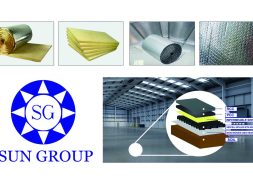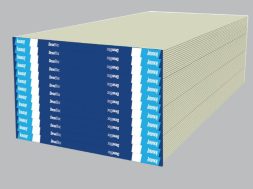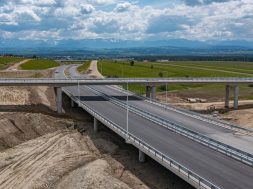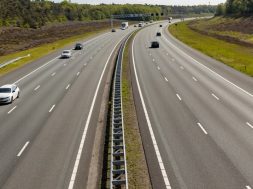Digital solution for a more livable future
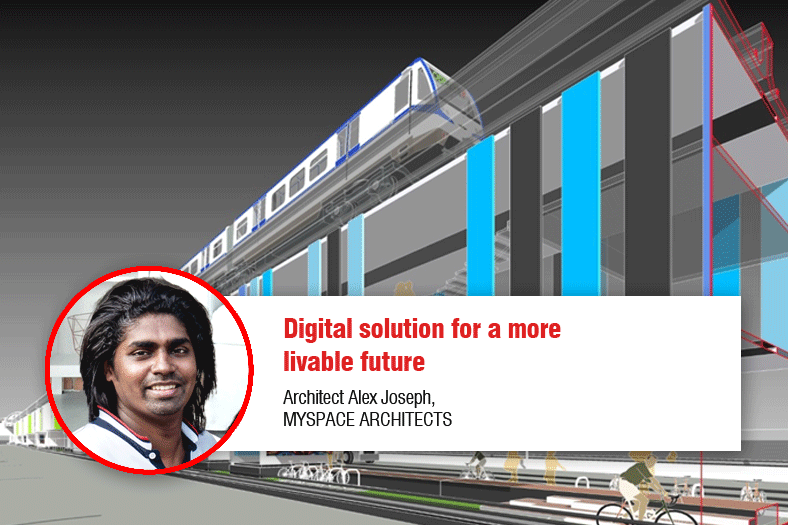
The smart cities in India should look at creating efficient city planning system where the existing or newly-built infrastructure facilities are used to their fullest potential. The IT technologies and physical infrastructure should aim at enhancing the quality of life of the city dwellers.
“Cities become smart only when they are adaptable and self-sustaining to the changing needs of the city dwellers,” says Architect Alex Joseph, MYSPACE ARCHITECTS.
Encourages smart way of thinking
Smart cities are not only about incorporating technology into the daily lives it is about encouraging a smart way of thinking to lead a smart lifestyle, where day-to-day lives of the people are made simpler or easier. For this, the planners or architects need to be equipped with thoughts on how to solve the new urban issues smartly.
For instance the issues of traffic congestion and chaos in the cities. How can we address these issues at the root level? The traffic chaos at the metro stations, due to both vehicular and pedestrian movement, during the peak hours, is becoming a daily task for the urban commuters. At the same time, the continuous metro corridors within the cities have led to the new woes of “last mile connectivity”. The vast area of land that is left un-used or underutilised below the metro lines and the elevated transportation corridors are creating a huge urban void spaces which are not accounted for. These spaces are turning into pockets of illegal settlements, dump yards or a hot spot for anti-social elements. Maintaining these spaces and installing cameras at each and every point is like creating an issue to spend money on. Instead can these prime areas be developed as a self-sustaining and income generating central city spine.
Why the commercial value of these urban voids are not been explored?
Public infrastructure facilities like metro lines should be planned as a multifunctional node which can also operate as offices and communication hubs. This would encourage the use of mass rapid transit system rather than the use of private vehicles for daily commute. Considering the fact that the space below the elevated corridors has both vertical and horizontal dimension to it, is a smart solution to make it into an urban usable space.
Hence the question is “Can the fraternity of architects and planners come up with sensible solutions to the new challenges created by these smart cities instead of becoming a slave to algorithmic solutions?”
Smart cities are about encouraging smart way of thinking, besides incorporating technology into people’s daily lives.
Architect Alex Joseph, MYSPACE ARCHITECTS
Cookie Consent
We use cookies to personalize your experience. By continuing to visit this website you agree to our Terms & Conditions, Privacy Policy and Cookie Policy.
